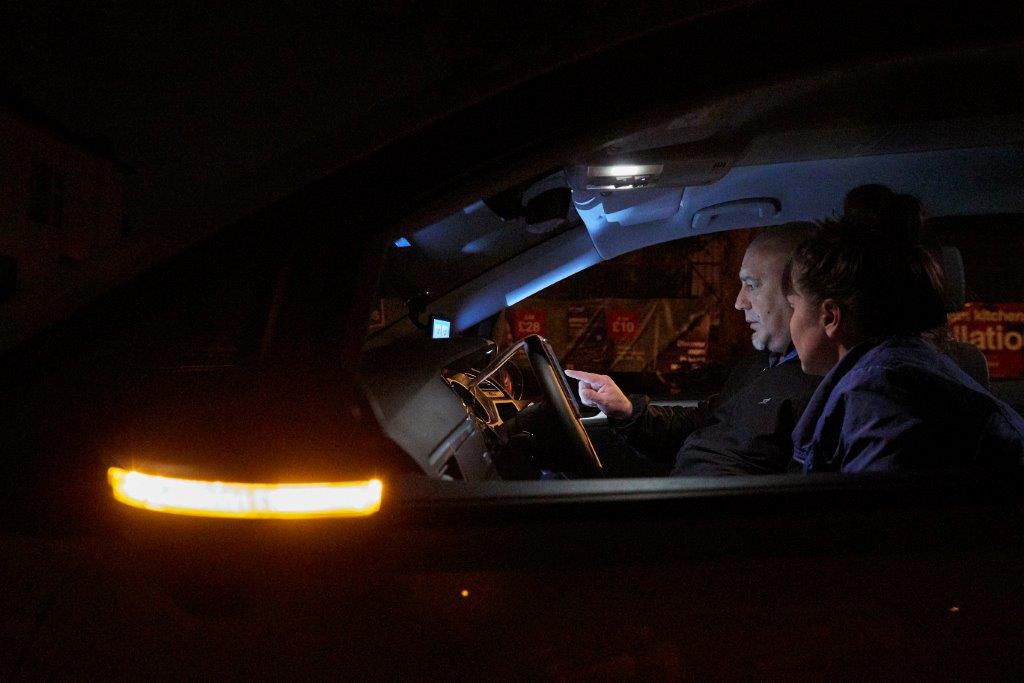Thames Reach responds to new CHAIN rough sleeping figures
As new annual CHAIN stats for 2019/2020 show an increase in numbers of people rough sleeping, Thames Reach outline why numbers have risen

Each year, statistics on the number of people seen sleeping in London are published by CHAIN (Combined Homelessness And Information Network). Today, 9 September, annual figures covering the period from April 2019 to March 2020 have been released, and Thames Reach are disappointed to see an increase in numbers of people sleeping rough. However, it is worth noting that a number of factors, including increased outreach work and regular street counts, are likely to have inflated these numbers. So, while the figures are high and should be of concern, they are not directly comparable with previous years’ figures.
To breakdown the report: with over 10,000 people spotted as sleeping rough on the capital’s streets, this is a 21% increase on numbers from the previous year; however 60% of these people were seen rough sleeping just once, meaning that suitable solutions were found immediately for the majority of people spotted by outreach teams. Over 7,000 people were found sleeping rough for the first time in just one year. The disproportionate number of people from Central and Eastern European countries sleeping rough reflects the limited options available to this group and continues to be a concern, now making up 30% of the total. Numbers of people with mental health and substance support needs have remained the same at 47% and 39% respectively; at Thames Reach we are committed to ensuring that homeless people gain access to the healthcare they need, and work in close collaboration with health services to call into question the stigmatisation homeless people face regarding their wellbeing.
Looking beyond these figures and focusing more closely on the past six months, we are now seeing more people on the streets as a result of the pandemic. Many of these people are new to rough sleeping and it is important that we are able to intervene early and get them off the streets before this becomes a way of life. A key part of a successful intervention is sourcing an initial place of safety and providing a quick assessment of options. This is usually done through the No Second Night Out hubs, but the high level of shared facilities means that they have not been open since March due to social distancing requirements. While this is understandable, without this crucial point of help there is a real danger that people who are new to rough sleeping aren’t able to get off the streets quickly and become entrenched in their homelessness. While we recognise that running shared assessment space is challenging in the current environment, it is crucial that we are able to adapt and intervene quickly as soon as someone ends up on the streets.
Check out our website in the coming weeks to see how Thames Reach are helping people experiencing, and at risk of, homelessness. Through prevention, response and recovery support, we are helping people find decent homes, build supportive relationships and lead fulfilling lives in these most challenging times.
